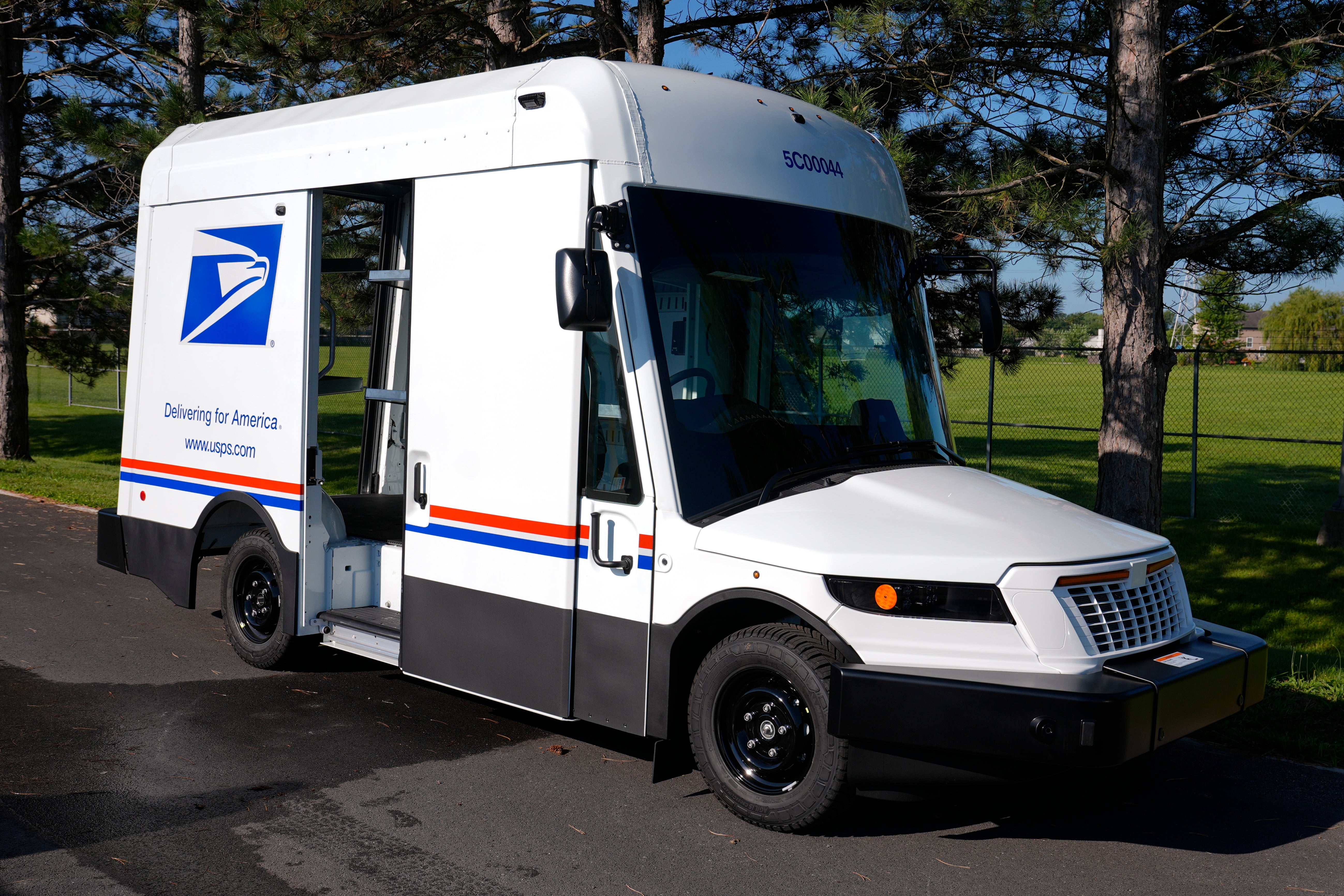If President Donald Trump manages to privatize the U.S. Postal Service, the move could widely harm members of his base.
Millions of Americans in rural areas depend on the agency for prescription drugs, checks, online purchases and election ballots. In hard-to-reach parts of the country, delivery is often accomplished by the Postal Service instead of large corporations like UPS, FedEx or Amazon due to high fuel costs, labor intensity and increased distances.
The Postal Service provides a vital function in an arena not generally attractive to private companies because of high costs and a drive for adequate profits to cover them that much of many communities couldn’t shoulder
Unlike private entities, the federal agency is legally required to deliver mail to every U.S. address at reasonable rates, resulting in the agency shouldering high operating costs. Privatization would mean that those costs would be passed onto people in rural areas, 63 percent of whom voted for Trump, while 88 percent of the land served by the agency is in rural territory.

In recent days, the president has flirted with the idea of terminating the agency’s bipartisan 11-member leadership board and merging the Postal Service with the Department of Commerce, according to The Washington Post, in what may be a first key step toward privatization.
The president is expected to issue an executive order cementing the change this week, potentially violating federal law, the newspaper reported. Typically, such actions would need to be passed by Congress. The White House has denied an executive order is in the works. The Independent has emailed the White House for comment.
Speaking to reporters in the Oval Office last Friday, Trump said: “We want to have a post office that works well and doesn’t lose massive amounts of money … It’s just a tremendous loser for this country. Tremendous amounts of money are being lost. We think we can do something that will be very good.”
The Postal Service has lost roughly $11 billion within the last two years. Agency leaders claim the losses stemmed from factors outside of management control, specifically unfunded retiree pension liabilities and non-cash workers’ compensation adjustments.
Some 700,000 retirees rely on agency pension benefits. That number is higher than the Postal Service’s 500,000 active members. In fiscal year 2023, the agency spent $10 billion on retirement, totaling 11.7 percent of its operating expenses.
While federal agencies receive annual congressional appropriations to fund retiree pensions and health care benefits, the Postal Service is supposed to cover the costs through revenue, and receives no direct tax dollars, under the Postal Reorganization Act, passed by Congress in 1971, which made the Postal Service an independent, self-financing agency.
These costs and competition in the delivery sector, are two of the main reasons why the Postal Service is losing money, says Monique Morrissey, a senior economist at the Economic Policy Institute think tank.
She anticipates the Trump administration will back away from privatizing the agency once officials realize the harm it would do to rural voters.
“Members of Congress in rural states are very aware of the fact that commerce is dependent on the Postal Service and if they [consumers] really had to pay their share of postage, it wouldn’t be cost-effective and small businesses would just move out of the state,” Morrissey said. “It would be catastrophic.”
Privatizing the agency wouldn’t necessarily make it more profitable or help it run more efficiently either, she noted.
“There’s no real good reason for privatizing the Postal Service,” Morrissey continued. “And you never are going to get rid of the need to regulate it.”
The Postal Service is an efficient agency if Republican lawmakers factor out high retiree costs, she argues.
In 2024, USPS reported operating revenue increased from $1.4 billion to $79.6 billion due to strategic pricing and continued growth in shipping and packages.
Currently, residents in urban areas subsidize the costs of rural postal services, but it’s unknown if that would continue under privatization. At least 63 percent of post offices in rural areas did not cover their costs in 2022, according to the Office of Inspector General.
“It would be a death spiral in many rural areas,” Morrissey said. “Because the real cost of delivering to somebody who lives in an isolated, wooded area somewhere is 100 times what they’re actually paying for a stamp.”
In a news release issued last week, the National Rural Letter Carriers’ Association, which represents 130,000 career and non-career rural letter carriers, said it was “deeply concerned” by the president’s reported plans.
Dismantling the Postal Service for “the sake of profits not only threatens the integrity of a cherished institution, it could also radically change the way Americans receive deliveries, determining who does, and does not get service,” the group’s leaders said.
“Any attempt to weaken or privatize the USPS is an attack on the backbone of American communities — a move that will leave our rural citizens, our union members, and our common values exposed to the impulses of profit-driven interests,” she added.
The agency’s leadership board has reportedly retained counsel to fight the forthcoming executive order.



